10 Ways Women Over 40 Can Stay Inspired on Their Health and Fitness Journey
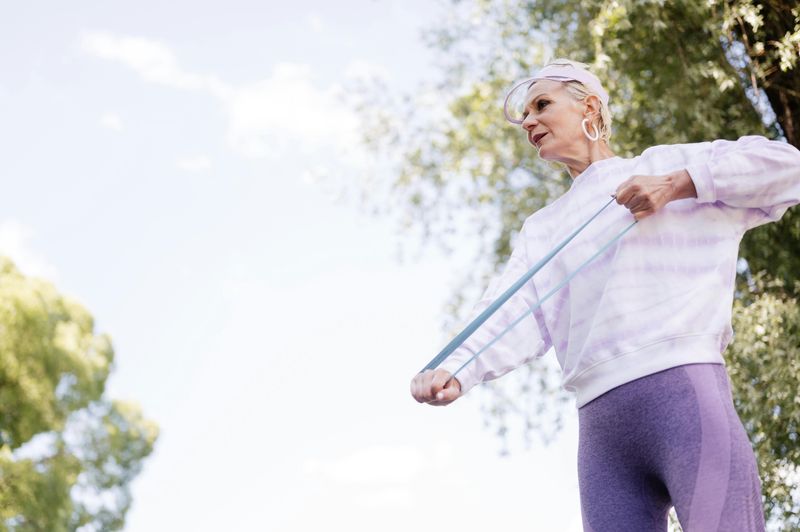
Staying motivated on your health and fitness journey can be challenging at any age, but especially after 40 when our bodies change in new ways. The good news is that midlife is actually the perfect time to reconnect with your health goals from a place of wisdom and self-knowledge. Finding fresh inspiration doesn’t mean chasing youth – it means embracing this powerful phase of life with strategies that honor where you are now.
1. Set Meaningful, Realistic Goals
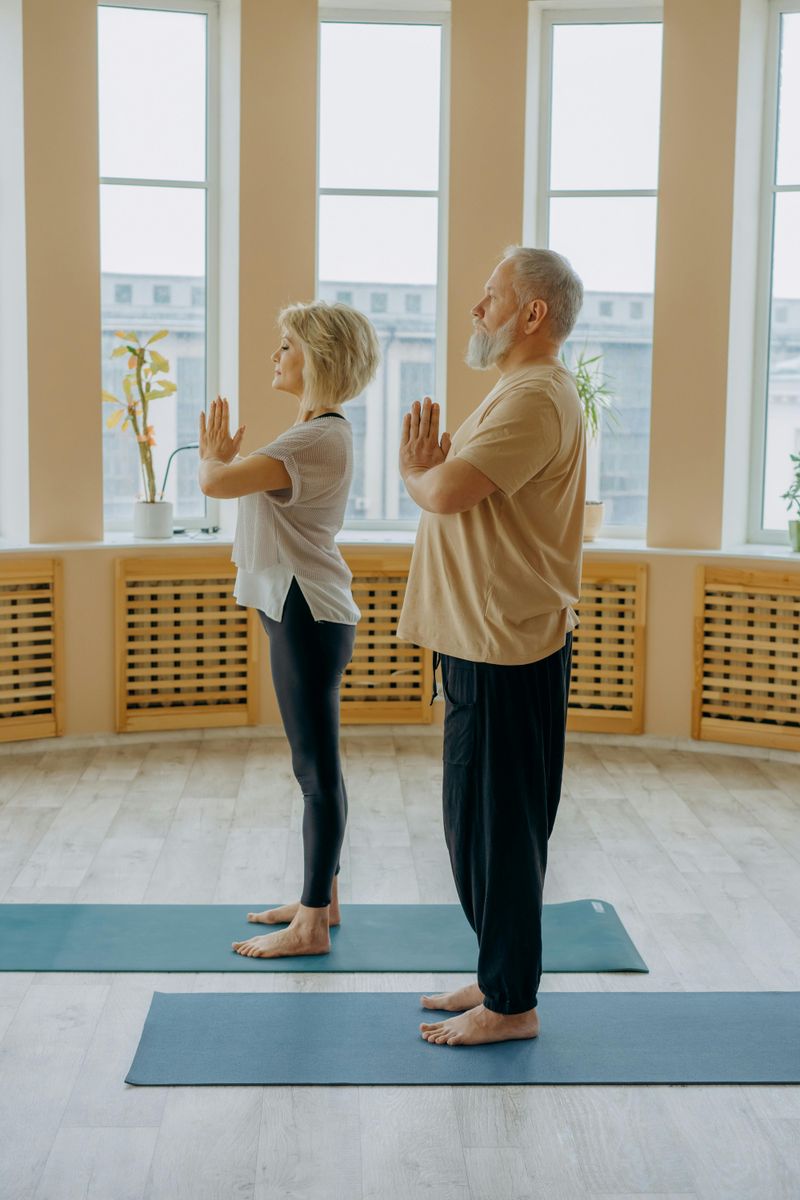
The numbers on the scale often tell an incomplete story. Your body at 40+ deserves goals that celebrate what it can do, not just how it looks.
Focus on improvements that enhance daily life: climbing stairs without getting winded, reducing medication needs, or having energy that lasts from morning until bedtime. When you set targets connected to feeling better rather than just looking different, motivation becomes sustainable.
Try writing down three goals that would genuinely improve your quality of life if achieved. Review these regularly, adjusting as needed. This approach transforms fitness from a punishment into a gift you give yourself.
2. Track Your Progress Beyond Weight
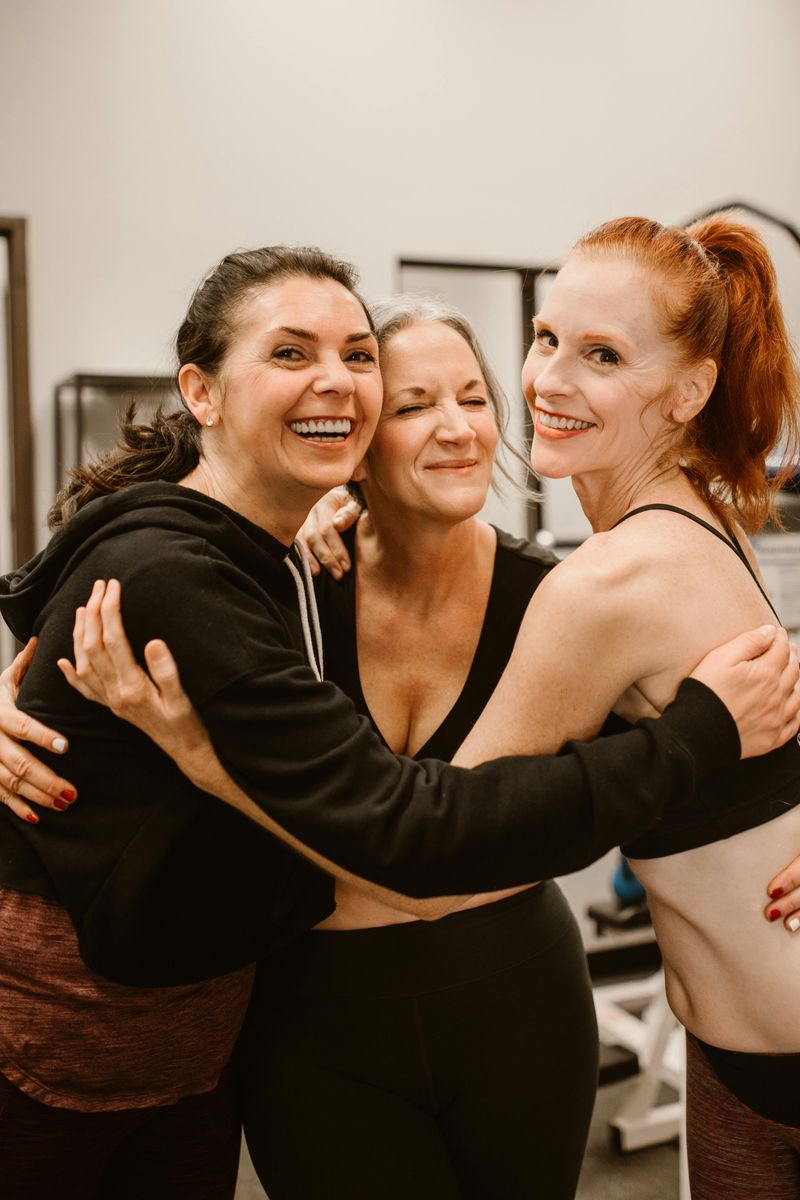
Remember that victory journal gathering dust in your drawer? Time to revive it – but with a twist. Instead of obsessing over pounds lost, document moments when your body amazes you.
Notice when you can carry all the groceries in one trip, or how you bounced back quicker after gardening. Record improvements in your resting heart rate, sleep quality, or how your favorite jeans fit. These real-life wins provide lasting motivation when scale numbers plateau.
Take monthly photos wearing the same outfit, not to criticize but to observe subtle changes in posture, energy, and confidence that numbers miss. Your body is writing a success story that weighs nothing at all.
3. Create a Supportive Community

Friendship fuels fitness more powerfully than any pre-workout supplement. Women navigating midlife together understand unique challenges like balancing career peaks with changing hormones.
Finding your fitness tribe might mean joining a walking group where conversations flow as freely as footsteps, or a yoga class where nobody raises an eyebrow at modification needs. Online communities specifically for women over 40 offer judgment-free zones where questions about joint-friendly workouts or menopause-related fitness concerns are welcomed.
Reach out to one potential fitness friend this week. Share your goals and suggest meeting for a walk instead of coffee. Even virtual accountability partners can make the difference between skipping workouts and showing up.
4. Mix Up Your Workouts
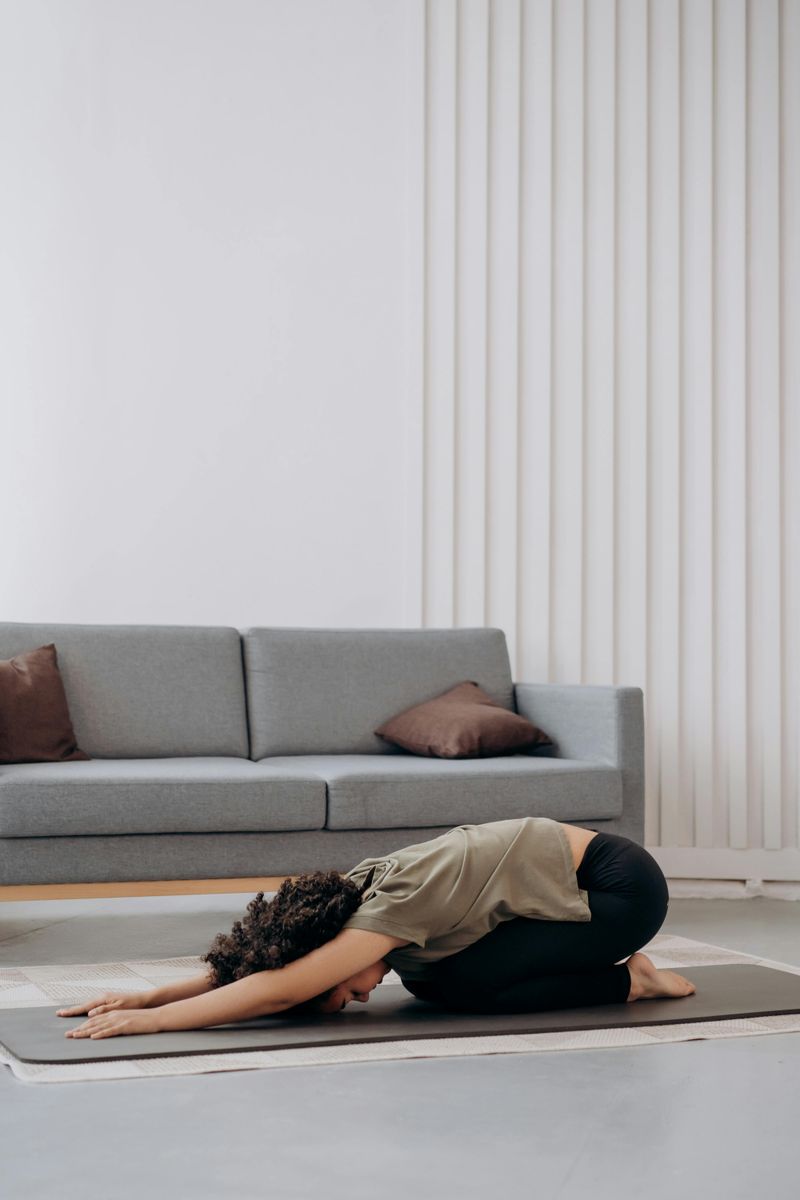
Routine becomes rut faster than you might realize. Your body adapts quickly to familiar movements, while your mind craves novelty for ongoing enthusiasm.
Monday’s strength training can give way to Wednesday’s dance class where nobody cares about perfect form. Weekend hikes engage different muscles than Thursday’s swimming session. This variety not only prevents plateaus but also protects aging joints from repetitive stress.
Challenge yourself monthly with something entirely new – perhaps boxing builds confidence you never knew you needed, or tai chi brings mindfulness your busy brain craves. Fitness becomes an adventure rather than a chore when discovery replaces obligation. Your body at 40+ thrives on this balanced approach.
5. Invest in a Fitness Professional
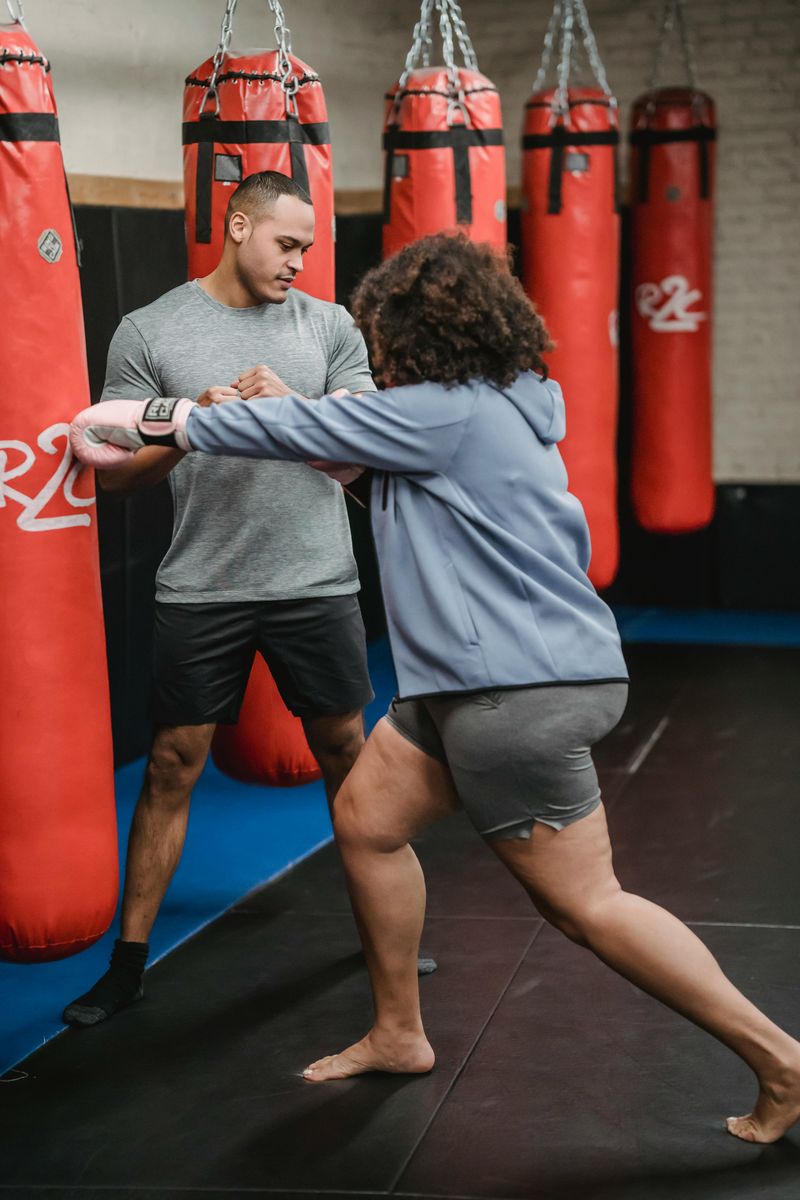
Working with an expert isn’t a luxury—it’s smart strategy when your body speaks a different language than it did at 30. Professional guidance prevents the discouragement of inappropriate workouts or unrealistic expectations.
A knowledgeable trainer or health coach familiar with perimenopausal and menopausal bodies can customize approaches that work with hormonal fluctuations rather than against them. They notice form corrections you might miss and celebrate improvements you might overlook.
Consider budgeting for even occasional sessions with a professional. Many offer package deals, virtual options, or small group training that makes expertise more affordable. Their specialized knowledge becomes your shortcut to effective, sustainable practices that honor your changing body.
6. Listen to Your Body, Not Just the Clock

Gone are the days when pushing through pain earned bragging rights. Your midlife body communicates wisdom worth heeding, not weakness to overcome.
Recovery becomes non-negotiable after 40, as hormonal shifts affect everything from sleep quality to muscle repair time. Alternating high-intensity workouts with gentle movement days isn’t slacking—it’s strategic. Scheduling adequate rest between challenging sessions might mean fewer weekly workouts but more consistent progress.
Develop a simple body check-in practice before each workout. Ask yourself honestly: What does my body need today? Sometimes the answer will be gentle stretching instead of planned intervals. Honoring these signals builds sustainable fitness and the self-trust that powers long-term motivation.
7. Reward Yourself Along the Way
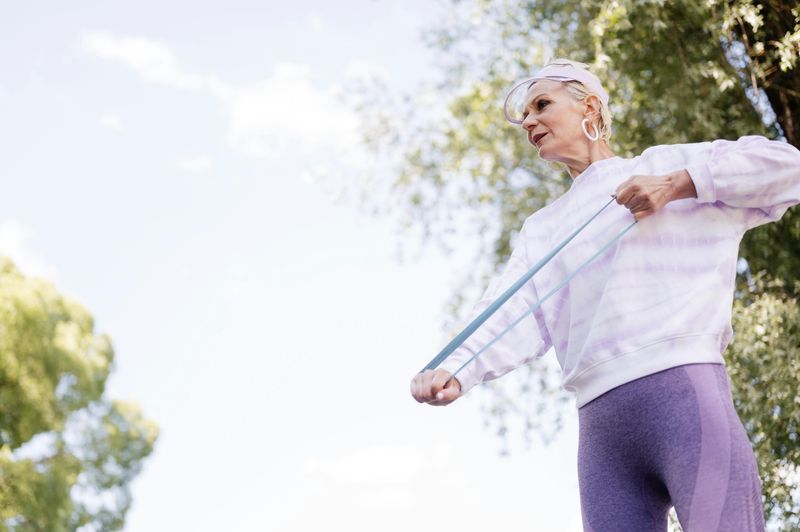
Who says gold stars are just for kids? Creating a thoughtful reward system transforms fitness from obligation into opportunity. Small celebrations reinforce the habit loop that keeps you moving forward.
After completing ten workouts, perhaps treat yourself to new walking shoes that support your arches properly. Reaching a flexibility milestone might earn a massage that both rewards and enhances your progress. Even simple pleasures like a quiet hour with a book after meeting weekly movement goals can strengthen your commitment.
The key is choosing rewards that support rather than sabotage your journey. Create a list of healthy treats that genuinely delight you, ranging from affordable daily pleasures to occasional splurges. This practice of self-acknowledgment builds momentum that carries you through challenging phases.
8. Focus on Strength and Energy, Not Just Appearance
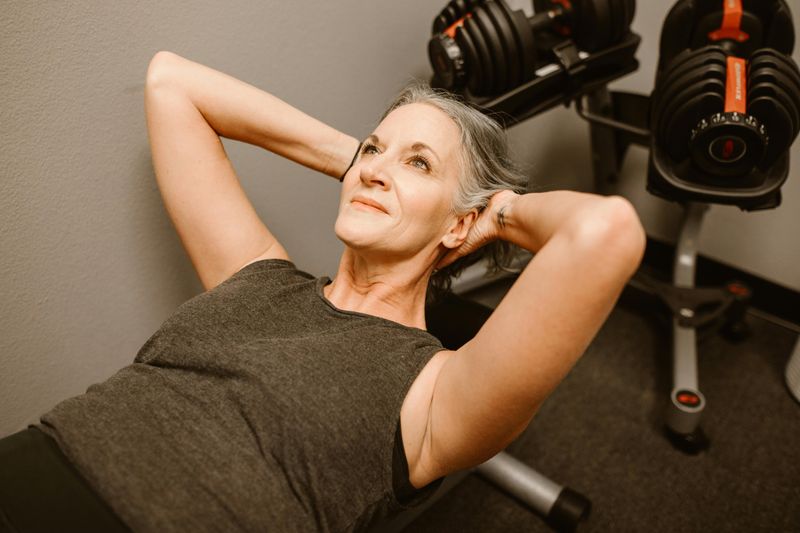
Society bombards us with messages about looking younger, but feeling stronger offers more lasting satisfaction. The mirror provides limited feedback compared to the exhilaration of carrying heavy packages without help or keeping pace with energetic grandchildren.
Strength training becomes particularly valuable after 40, when we naturally lose muscle mass unless we actively preserve it. The confidence that comes from increasing weights or mastering difficult poses transcends appearance concerns. Energy gains might show up as productive afternoons without caffeine crashes or weekend activities that no longer leave you depleted.
Start measuring your fitness journey in capabilities gained rather than inches lost. Note how climbing stairs feels easier or how you now stand taller. These functional improvements create motivation that outlasts any temporary aesthetic goal.
9. Keep Learning and Trying New Things
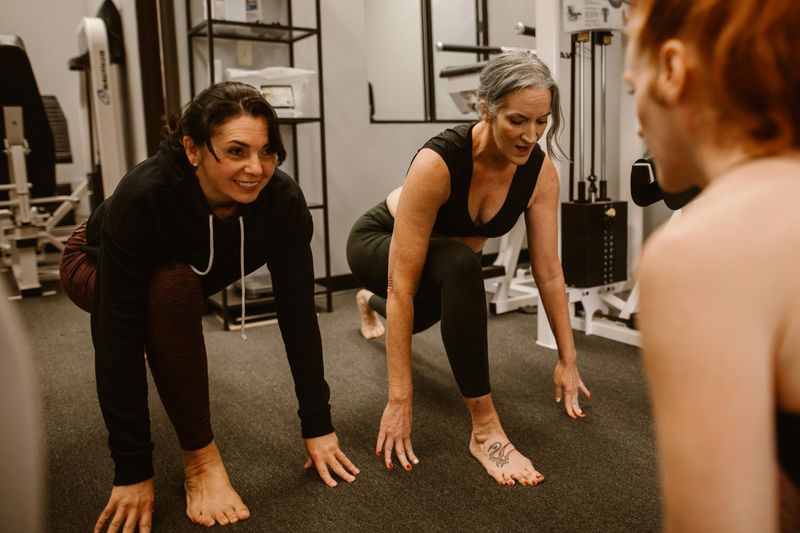
Curiosity doesn’t diminish with age—it evolves into wisdom when we remain open to discovery. The fitness world constantly updates with new research about women’s health after 40, offering fresh approaches worth exploring.
Subscribe to podcasts featuring experts in women’s midlife health, or borrow library books about hormonal fitness strategies. Attend workshops specifically addressing perimenopausal exercise needs. Each new piece of knowledge helps you customize your approach to what your unique body requires now, not what worked a decade ago.
Consider learning activities that challenge both mind and body simultaneously. Mastering new dance steps improves coordination while boosting cognitive function. The beginner’s mindset keeps fitness fresh while building neural pathways that support healthy aging.
10. Reconnect with Your “Why” Regularly

Motivation fades when disconnected from deeper purpose. That initial spark that got you moving might need regular rekindling as life’s demands compete for your energy.
Take time monthly to revisit your fundamental reasons for prioritizing health. Perhaps you’re building strength to travel comfortably during retirement, or ensuring you’ll remain independent as you age. Maybe you’re modeling healthy habits for your children, or managing a health condition that improves with movement.
Create a visual reminder of this purpose – a vision board, a special piece of jewelry worn during workouts, or a meaningful quote on your water bottle. When motivation wavers, this tangible connection to your deeper “why” provides the emotional fuel to continue forward, even when results seem slow.

Comments
Loading…